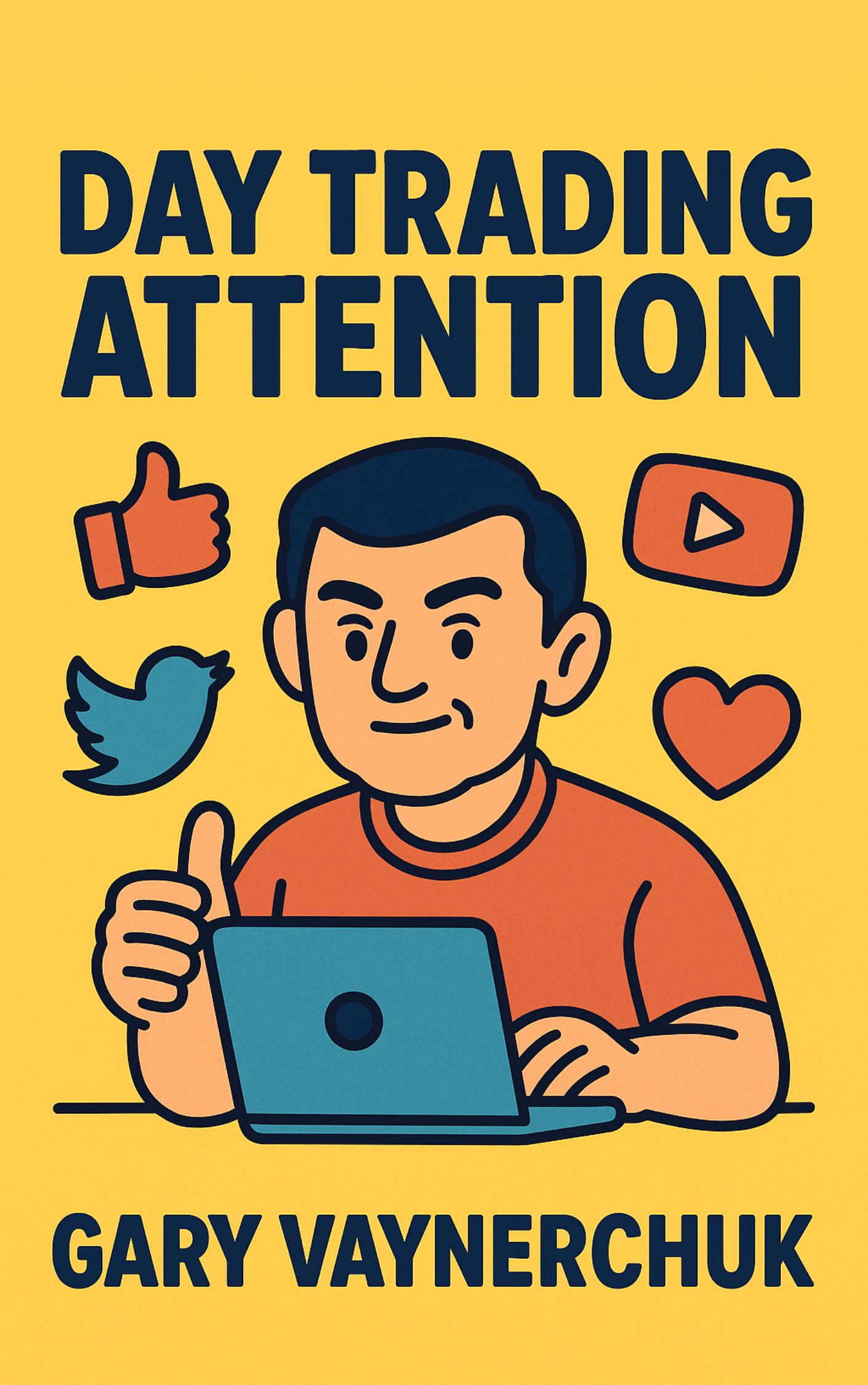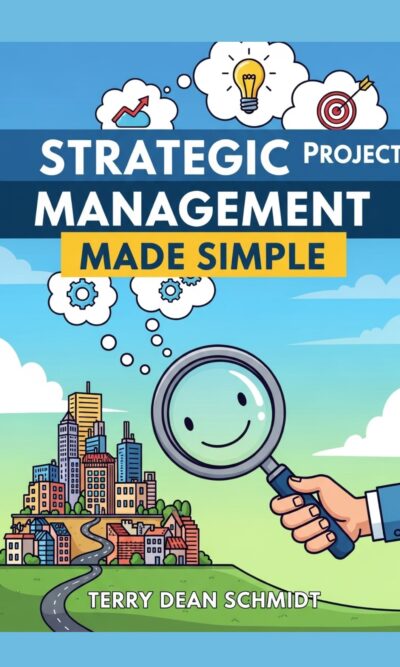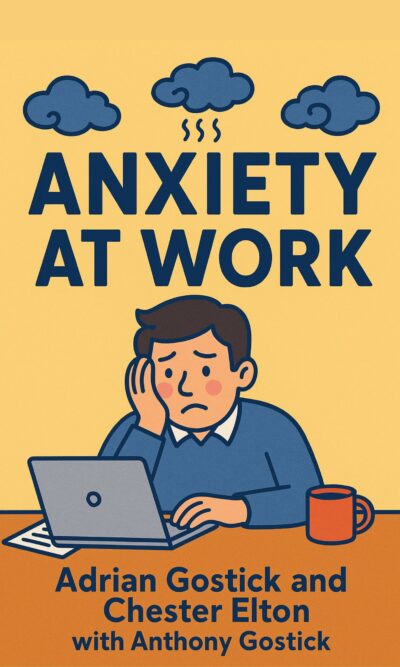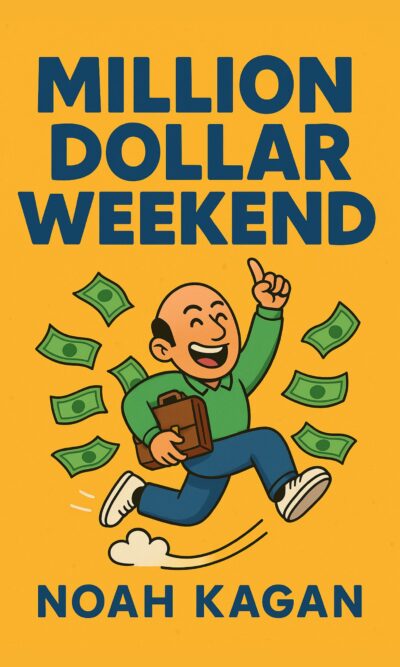Description
Attention has become the most valuable currency in today’s digital world. Every company, no matter how big or small, competes for the same limited thing: people’s focus. In the past, a huge advertising budget could almost guarantee success. Today, money alone doesn’t guarantee anything. People choose what they watch, who they follow, and what they care about. That shift has created a new reality in marketing.
At the heart of this new world is branding. Branding is not just about a logo or a catchy slogan; it’s about the feelings people attach to a company. When you hear names like Coca-Cola or Apple, you don’t just think of drinks or devices — you feel something. Maybe it’s happiness, trust, or excitement. That emotional connection is what drives long-term loyalty.
Sales matter, of course, but sales are short-term. They are about the immediate transaction. Branding is long-term; it’s about creating experiences, memories, and emotional links that keep people coming back. Apple, for example, rarely says “buy this product now.” Instead, it shows how its devices fit into people’s lives and make them better. People aren’t just buying phones; they’re joining a lifestyle and a community. That is the power of branding.
The book also reminds us that great content doesn’t have to be perfect. In fact, perfection can sometimes hold people back. Many people hesitate to post videos, write blogs, or record podcasts because they worry it isn’t polished enough. But the truth is that audiences today don’t need flawless production. They want honesty, consistency, and realness.
That’s why documenting your journey works better than trying to “create” something shiny every time. Sharing your thoughts, your work process, or even small daily struggles feels more relatable. Reality is more powerful than a carefully staged act. For example, a business owner who talks about the mistakes they made in their first year will connect with more people than someone who only shares polished advice.
Consistency is more important than perfection. A short daily video, even if it’s simple, has more impact than waiting months to release something “perfect.” Regular posting builds familiarity, and familiarity builds trust.
To really connect with audiences, businesses need to think about PAC: Platform and Culture. Different platforms work in different ways. A post that works well on YouTube might fail on TikTok, and something that goes viral on Instagram might not perform on Twitter. Understanding each platform’s language, format, and algorithm is critical. But that’s only half the game.
Culture matters just as much. This means tapping into what people care about right now — music, memes, social issues, or current events. If a small business can link its message to something happening in culture, people will pay attention. A funny video using a trending song may reach thousands more people than a carefully planned advertisement. Culture is the shortcut to relevance.
Of course, fear often gets in the way. People worry about being judged, about being too old, too young, too inexperienced, or simply “not good enough.” But social media is a skill like anything else. It can be learned with practice. The biggest mistake is to stay silent. The only way to improve is to actually put content out there, see what happens, and adjust.
Another key idea is that marketing today is cheaper and easier than it has ever been. In the past, getting exposure meant buying TV commercials, newspaper ads, or billboards — things that only big companies could afford. Now, anyone with a smartphone can start creating content. Whether it’s a podcast, a daily blog, or a few Instagram stories, the cost is low and the potential reach is huge.
Businesses should also shift their mindset from “selling” to “sharing.” Every post doesn’t need to push a product. Instead, content can entertain, educate, or simply connect. A plumbing company, for example, might post about last night’s baseball game. At first, it might seem unrelated to plumbing, but it builds a human connection. People don’t just buy from companies; they buy from people they like and trust.
Distribution is just as important as creation. You can make the most brilliant piece of content, but if no one sees it, it doesn’t matter. That’s why smart distribution strategies are essential. There are two main ways to do this: paying for ads and hacking culture.
Paid ads are straightforward. Platforms like Instagram, Facebook, and Google let businesses target very specific groups. With even a small budget, you can make sure your message reaches exactly the right people in a certain location, age group, or interest area. It’s a direct way to guarantee visibility.
But organic reach — hacking culture — can be even more powerful. This is about finding ways to make your brand part of the conversations people are already having. Influencers play a big role here. By partnering with people who already have an audience, a brand can get attention much faster than trying to build everything alone. Sometimes this can be done with free products or creative collaborations instead of large payments.
The key is to make sure these relationships feel genuine. If an influencer promotes something they don’t truly care about, their audience can tell. But if they honestly enjoy the product or service, their recommendation carries real weight. Even small local influencers can have a huge impact because their followers trust them.
Ultimately, the big lesson of Day Trading Attention is that businesses must think like media companies. In today’s world, content is not optional; it is the cost of entry. Creating interesting, authentic, and frequent content is step one. Getting that content in front of the right eyes is step two. Both are equally important.
The companies that succeed will be the ones that stop thinking only about transactions and start thinking about relationships. They will focus on branding instead of just sales. They will prioritize honesty over perfection. They will understand both the platforms they use and the culture their audience lives in. And they will distribute their content wisely, through both paid ads and organic strategies.
When a company embraces these principles, it no longer feels like it is shouting into a noisy room. Instead, it becomes part of the conversation people are already having. That’s how attention is earned. And once attention is earned, everything else — sales, loyalty, growth — follows naturally.
In the end, attention is fleeting. It comes and goes quickly, just like the stock market rises and falls. That’s why the author compares it to “day trading.” But unlike stocks, attention can be turned into long-term value if a company plays its cards right. Every moment of attention is a chance to create trust, build connection, and strengthen a brand. Those who learn to treat attention as their most precious asset will be the ones who thrive in the digital age.





